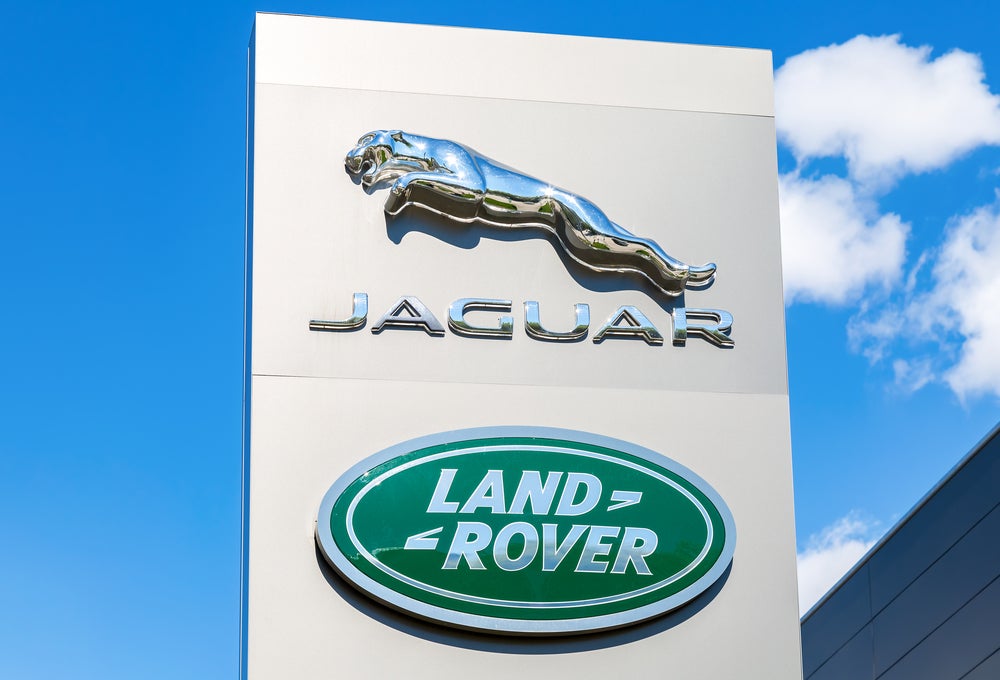The Finance and Leasing Association (FLA) this month published its 2021 Annual Review, looking back over a watershed year for the UK motor finance industry.
“It’s difficult to find the words that can sum up the events of the last year,” says Richard Jones, chairman of the FLA, in his foreword. “Our FLA markets are just a small part of the United Kingdom, which itself is a small part of a global human community that has encountered the most testing circumstances in a century.”
The lockdowns had a hugely detrimental effect on the motor finance market, with the FLA reporting a 60% year-on-year fall in new business volumes in Q2 2020. It wasn’t until March 2021 that the market saw significant levels of growth, with new business volumes up 24%.
Looking ahead, Jones acknowledges the difficulty of predicting the scale and speed of the economic recovery, stating that it is unlikely to be smooth and likely to throw surprises both positive and negative.
“Seizing opportunities as the recovery gets fully underway is the priority, so the focus is now on reading the wider business environment – and the signs are good.
“If the last 16 months have taught us anything, it’s that productivity now hinges on agility. The limitations of lockdown accelerated digital adoption by an estimated 10 years – that fact alone is a great foundation on which to build a more nimble and innovative approach to finding new business and managing internal processes.”

US Tariffs are shifting - will you react or anticipate?
Don’t let policy changes catch you off guard. Stay proactive with real-time data and expert analysis.
By GlobalDataA busy year in regulation
The report points out that five successive versions of forbearance guidance were produced by the Financial Conduct Authority (FCA) throughout the course of the pandemic.
At each stage of the pandemic, the FLA supported the regulator in ensuring that frontline operational issues were taken into consideration – including the practicalities of system changes and the burden of data provision to regulators.
“With members’ input, we were able to persuade the regulator of the need to match the proportionality of forbearance requirements to the evolving situation which, when the time was right, saw the transition back to more tailored forbearance solutions for customers in need of ongoing assistance,” the review states.
In addition, the imposition and subsequent lifting of a repossessions moratorium posed a challenge for consumers and lenders alike. To support those affected, the FLA worked closely with recovery agents through the newly created Vehicle Recoveries and Collections Group to ensure that effective support was in place and compliant operations resumed.
Perhaps the most significant regulatory change in the last year were the new rules on intermediary remuneration taking effect in January. The FLA stressed the need for a common understanding of what the new rules mean in practical terms. To tackle this, the association produced a detailed guidance on commissions and disclosures in collaboration with the FCA, the NFDA and others.
In liaison with the NFDA, the FLA outlined a range of issues it has been working on over the past year, including improvements in dealer audit, the handling of complaints from Claims Management Companies, expansion of the Specialist Automotive Finance (SAF) programme to include insurance, the process for financing ‘add-on’ products and the introduction of the Senior Managers and Certification Regime.
Road to 2030
One issue the FLA was keen to address in its report was the current lack of a “detailed and credible plan” for how the government can achieve its goal of prohibiting the sale of new petrol and diesel vehicles by 2030, and new hybrids by 2035.
As a result, the FLA has established the Green Finance Group to help further develop its zero emissions policy. Achieving price parity between ICE vehicles and electric vehicles is the key aim of the group, as the cost of an electric vehicle remains one of the greatest barriers to widespread adoption.
Adrian Dally, head of motor finance at the FLA, said there is a belief among FLA members that the government’s 2050 net-zero target and the 2030 target to phase out ICE vehicle sales can be achieved.
“I have no doubt that the industry will make the transition happen,” says Dally. “But for the time being, financing green assets tends to face more credit risks than financing other assets. There are residual value risks. There is product obsolescence risk. There is product innovation risk – which leads to a risk of more satisfactory quality disputes. And there is policy and political risk, where a range of external factors have the potential to derail the progress towards meeting the 2030 and 2050 targets.”
Dally accepts that understanding and managing these risks is the job of the FLA and the wider industry but calls for a government guarantee to underpin the green finance space.
“Under such a guarantee, the government would agree to share a proportion of the risk during the early years of the transition,” Dally explains. “Risk-sharing in this way has the potential to unlock investment and funding streams at the right price for the end customer, and therefore accelerate the transition to the natural tipping point that the market needs.
“This brings closer the time when green assets and other assets have true price parity, including finance price parity. We look forward to continuing our dialogue with the government about this.”
With a more consistent and reliable government approach, funders will have the reassurance to confidently invest in the sector. This in turn will lead to the price and risk in the market falling and drive the adoption of EVs ahead of the 2030 target.







